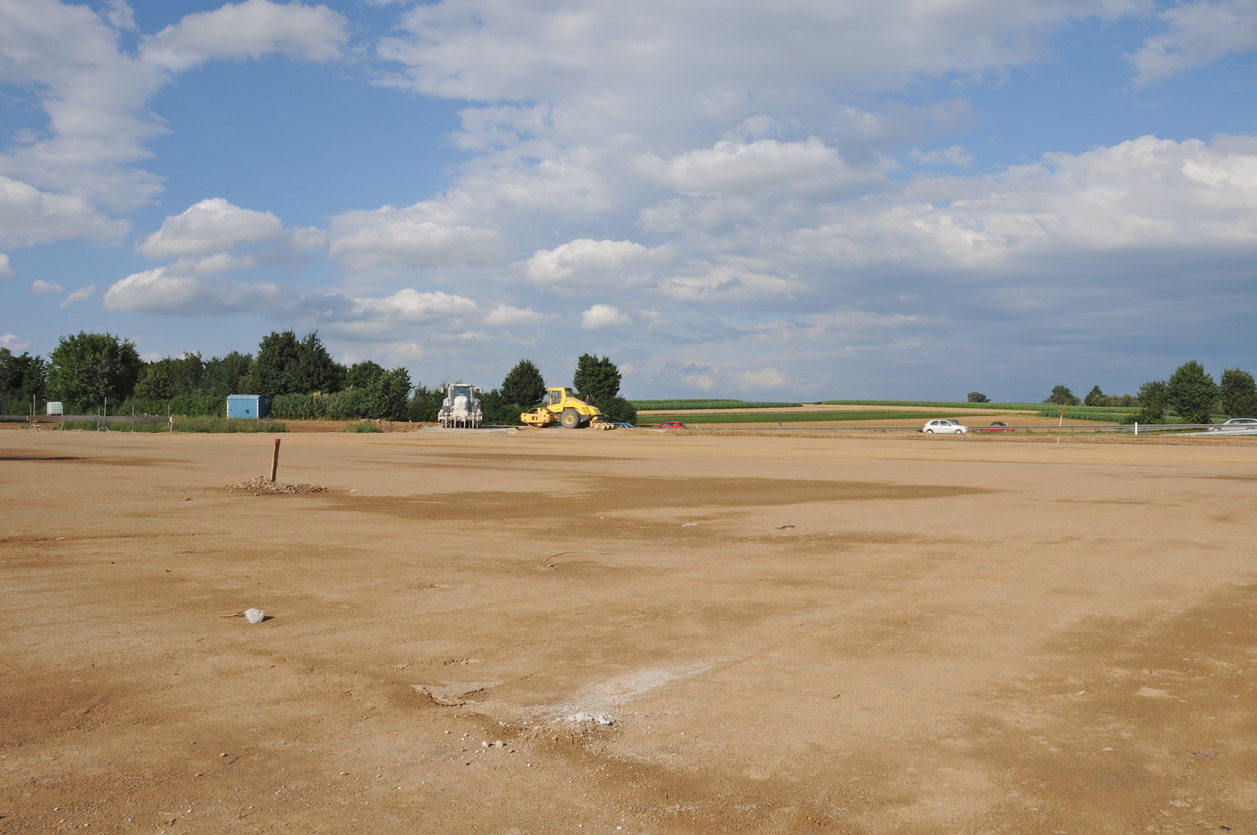What Is a Greenfield Development?
Finding development opportunities is the first stage of any project. It’s exciting, and it sets the scene for the work ahead. There are many helpful industry terms and jargon you may want to familiarise yourself with. Greenfields development is one such term. If you’re starting out, you want to learn as much about the industry as possible, if not for the sheer thirst for knowledge, then for the sake of completing successful development projects and making a profit. So, what is a greenfield development?
The Definition of a Greenfield Development
Greenfield land refers to undeveloped land with no structures to demolish or workaround. Greenfield development is a property development project that utilises this bare, undeveloped land to build. The land may exist in residential, industrial, commercial, or even agricultural zones. Greenfield developments typically occur in areas of a city or town that are expanding, such as the periphery. Sometimes there are tracts of bare land in a city, but as Australia’s cities have grown in population and commercial activity, there is little raw land available for development closer to city centres.
Why Choose a Greenfield Development?
Greenfield land offers developers a blank slate on which to build. Without existing structures, there is nothing to rebuild or demolish, which gives developers additional budget for the design and build. This aspect may also improve a developer’s overall return on investment.
With fewer restrictions, greenfield developments also offer more room for creativity.
When these greenfield sites are outside dense areas, they offer developers the opportunity to meet the needs of a new demographic and look towards their future needs rather than potentially reacting to their current needs. These needs may lie in housing, economic development, or mixed-use. The best way to see a good return on investment in a greenfield is with a view for the future. Greenfield projects allow developers to find more eco-friendly and sustainable solutions, more robust buildings, and modern designs by relying on newer technology and methodologies that other sites may not allow.
The Drawbacks of Greenfield Development
The primary drawback of greenfield development is the encroachment of humans on the environment. The Australian government, however, doesn’t take such matters lightly. So, while it may be a little more challenging to find available greenfield land, the appropriate restrictions are carefully thought out and implemented with the environment in mind. Among environmental concerns come bushfire hazards that need to be considered during construction to mitigate potential risks. Slopes and other ground conditions may also hinder greenfield developments.
While the land may be bare, the property will still require infrastructure. Roads, water, energy, sewerage, and internet coverage are essential. If your greenfield land isn’t too far from the outskirts of the city, this shouldn’t be too difficult to coordinate, but there may be other costs involved. In addition, council approval may take longer for greenfield sites.
With all of these considerations, greenfield sites still offer developers a blank slate and the chance to create something even more unique than previous developments. Knowing your way around greenfield development is a sure way to make a profit as a developer. To find greenfield sites, it’s essential to use the right property development software with up-to-date information in relation to land use zones and new and planned developments in all locations.


